Have you ever wondered if your cat thinks of you as a cherished friend, even when you’re simply sitting quietly nearby? It’s a question that tugs at the hearts of cat lovers everywhere. The truth might surprise you: cats have their own mysterious ways of forming connections, often in moments when we least expect it. Sometimes, the most powerful bonds are forged in silence, through a gentle presence and a shared space. Let’s unravel the hidden world of feline affection and see if just being close by is enough to win a cat’s heart.
The Mysterious Nature of Cat Affection

Cats are well-known for their enigmatic personalities. Unlike dogs, who might leap into your lap at the first sign of attention, cats often play by their own rules. Their affection can be subtle, almost like a secret language only a chosen few get to learn. Many people believe that cats are aloof creatures, but the reality is they show love in quieter, more reserved ways. Sometimes a cat’s affection is hidden in the gentle flick of a tail or the slow blink of an eye. Sitting nearby, even without touching, can make a cat feel safe and understood. The bond between a human and a cat is often built not on grand gestures, but on shared moments of peaceful companionship.
How Cats Interpret Human Presence

Cats are experts at observing their surroundings and the people in them. To a cat, the simple act of a person sitting quietly nearby can send a powerful message. It tells them that the human is not a threat, but a calm, reliable presence. This kind of non-intrusive companionship is especially important for shy or cautious cats. Over time, your cat may begin to associate your quiet presence with safety and comfort. The more a cat sees you relaxed and at ease, the more likely they are to trust you. In the world of cats, trust is the first step toward forming a meaningful bond.
Silent Companionship: The Power of Just Being There

Sometimes, the best way to connect with a cat is to simply exist in the same space. There’s something almost magical about sharing a room with a feline friend, even if you’re both doing your own thing. Research has shown that cats often feel more comfortable approaching people who are not trying too hard to get their attention. By sitting nearby and letting your cat come to you on their own terms, you’re giving them the freedom to choose the pace of the relationship. This gentle approach can lead to a deeper, more genuine bond over time. It’s the art of doing nothing, but meaning everything.
The Science Behind Feline-Human Bonds

Recent studies have revealed that cats are more socially complex than many once believed. Scientists have found that cats can form strong attachments to their humans, similar to the bonds seen in dogs and even infants with their parents. These bonds are built on repeated positive experiences, including shared quiet moments. When you sit near your cat without demanding attention, you’re helping to create a safe emotional space. Over time, these peaceful interactions can change your cat’s brain chemistry, making them more likely to seek out your company. Even the simplest routines, like reading a book while your cat lounges nearby, can strengthen your bond.
Body Language: What Your Cat Is Telling You
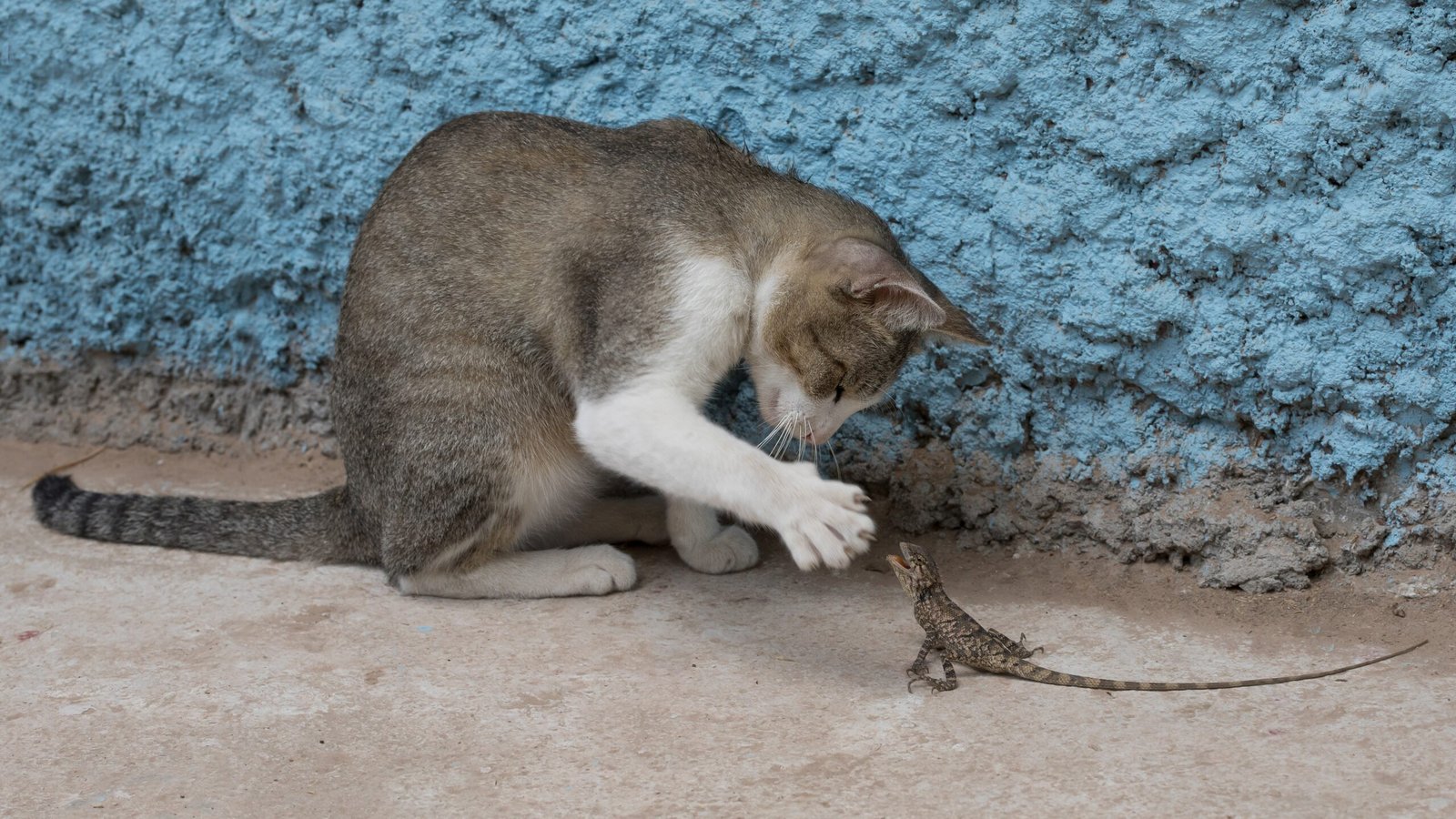
Cats communicate volumes through their body language. When a cat sits or lies down near you, it’s often a sign of trust and affection. Watch for subtle cues: a relaxed posture, slow blinking, or a gentle tail flick. These small gestures mean your cat feels safe in your presence, even without direct interaction. Sometimes, your cat might stretch out closer to you as the minutes pass, signaling growing comfort and warmth. If your cat chooses to nap within arm’s reach, consider it a compliment! Understanding these silent signals can help deepen your connection, even if you rarely touch.
Why Some Cats Prefer Distance
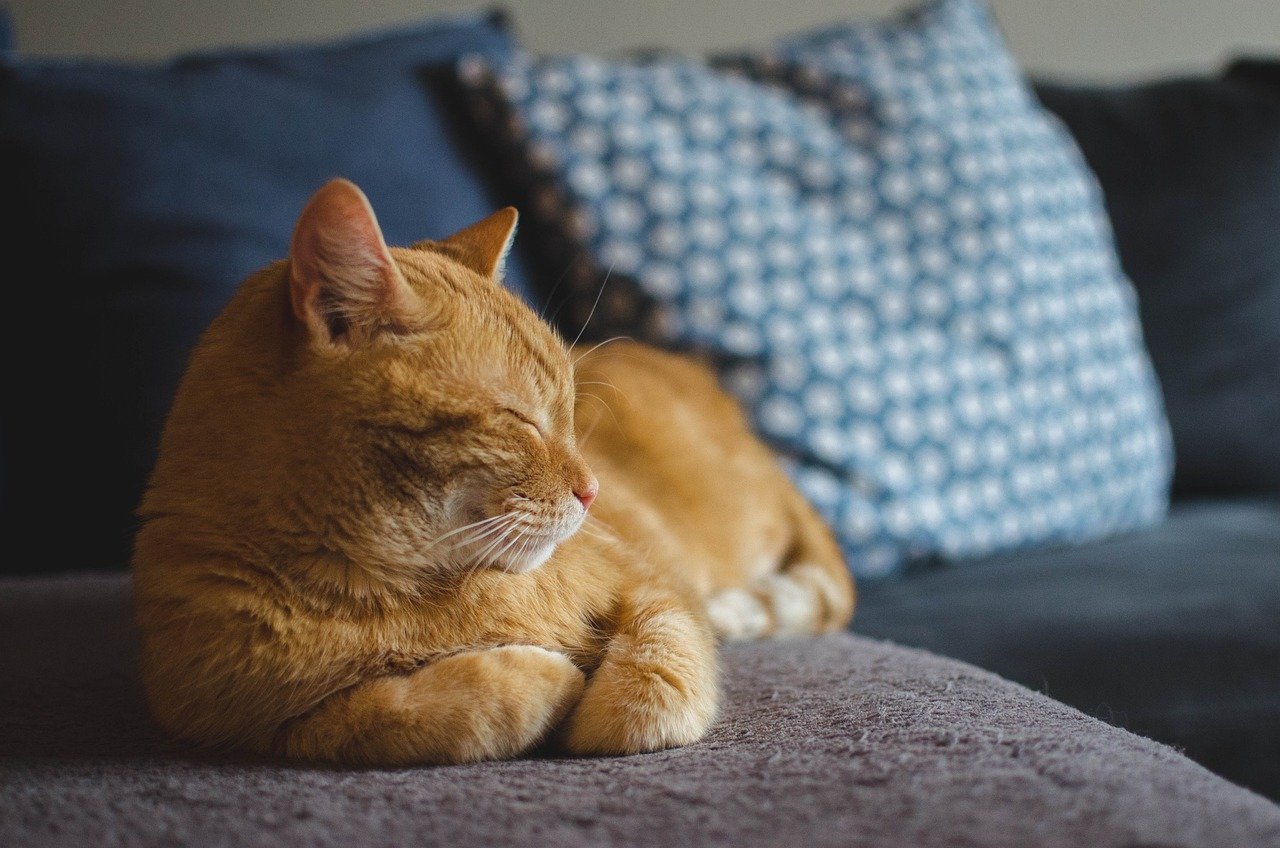
Not every cat is a lap cat, and that’s perfectly okay. Some cats are naturally more independent or cautious, preferring to keep a little space between themselves and their humans. This doesn’t mean they don’t love you—quite the opposite. For many cats, simply being in the same room is a big step. They might show their affection by perching on a chair across the room or lying on a windowsill while you watch TV. Respecting their boundaries actually helps build trust. Over time, these cats may move closer, but they’ll do it at their own pace. Every inch they move toward you is a sign of growing confidence and affection.
The Role of Routine in Building Trust
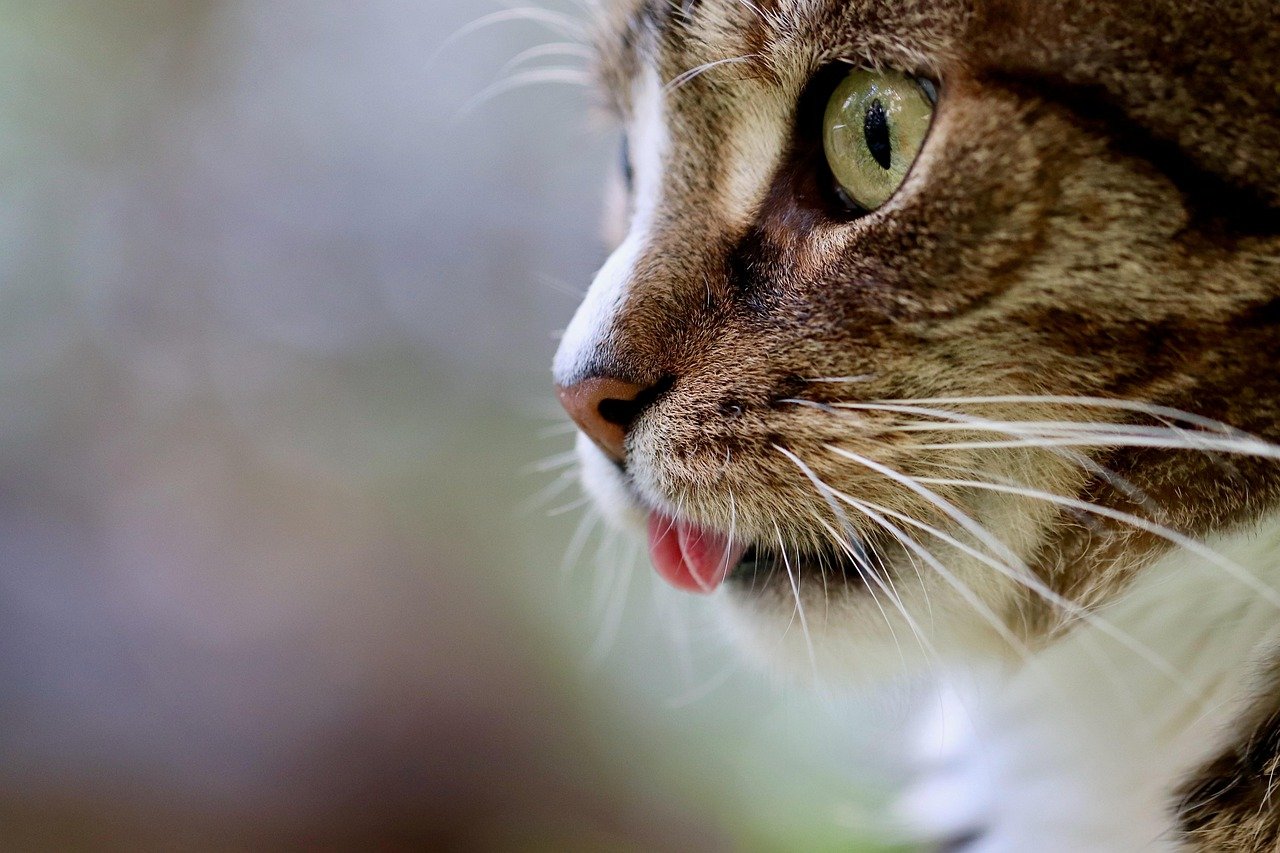
Cats are creatures of habit, and routine is key to their sense of security. If you make it a habit to sit quietly in your cat’s favorite room each evening, your cat will come to expect and even look forward to your presence. Repetition helps shy or anxious cats learn that you are a safe, predictable part of their world. Over time, your cat may start seeking out your company during these quiet moments. A simple routine, like drinking your morning coffee while your cat lounges nearby, can become a cherished daily ritual. These small patterns of togetherness weave a powerful bond over weeks and months.
Slow Blinking: The Feline Kiss
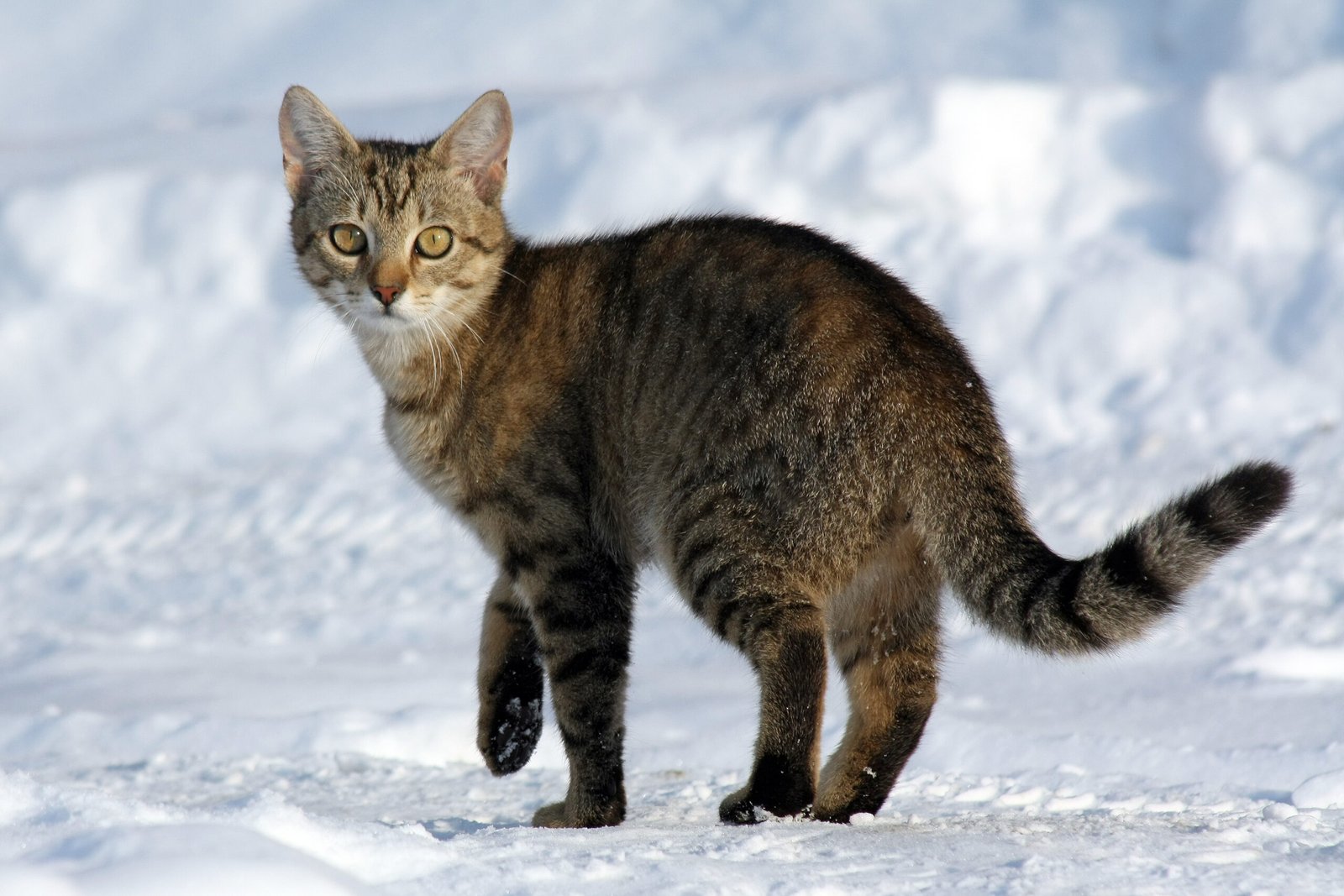
One of the sweetest signs of feline affection is the slow blink. If your cat makes eye contact and then slowly closes and opens their eyes, consider yourself lucky—it’s a feline “I love you.” You can return the gesture by slow blinking back. This gentle exchange builds trust without words or touch. Sitting near your cat, exchanging slow blinks, can be a peaceful way to connect on their level. Many cats will respond by relaxing, stretching, or even moving a little closer. It’s proof that sometimes, love is communicated more with eyes than with hands.
Purring and Proximity
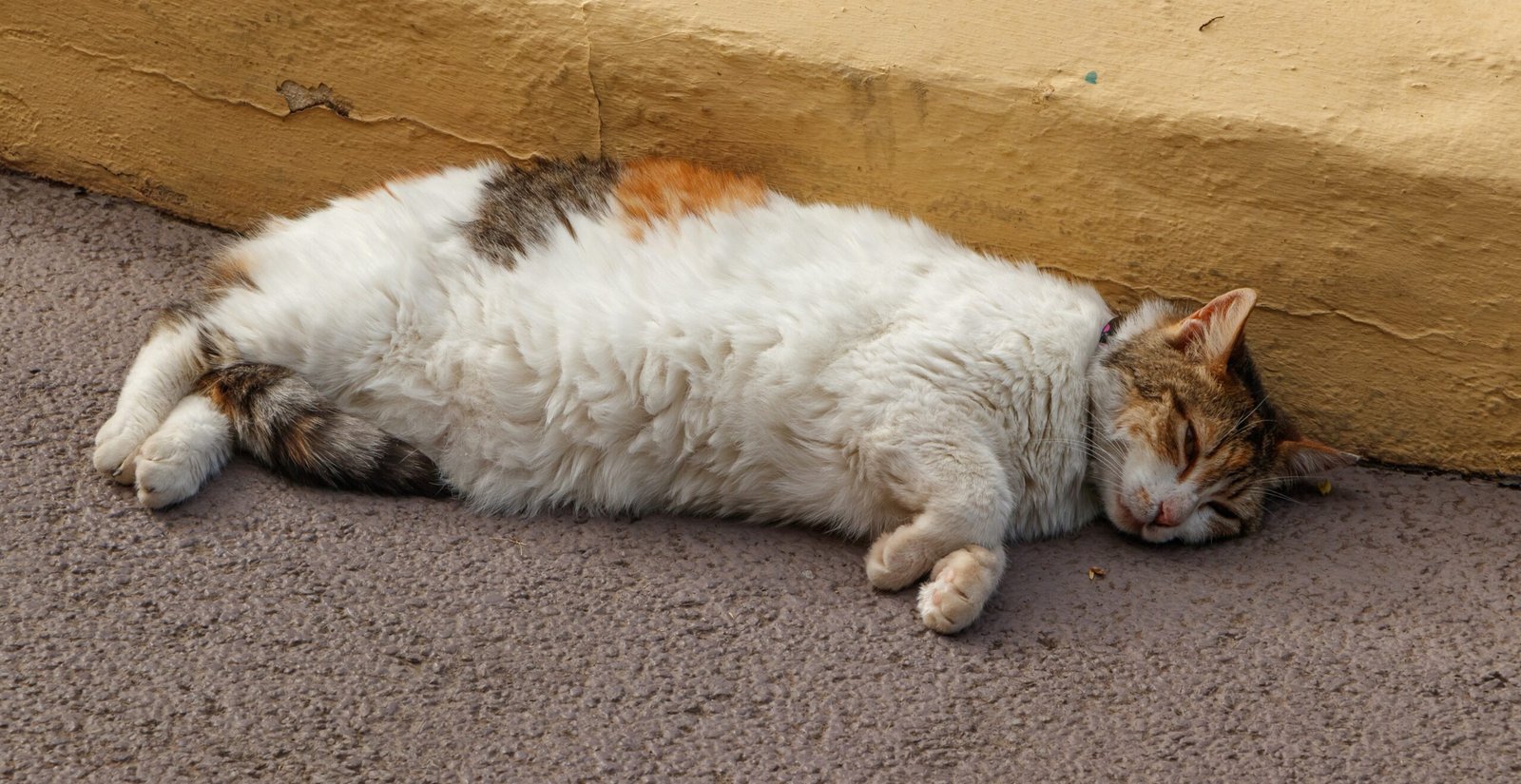
A cat’s purr is often a sign of contentment and happiness. If your cat curls up nearby and starts purring, they’re sharing a moment of peace with you. You don’t have to pet or interact directly—just being close is enough. Purring releases calming chemicals in your cat’s brain, and many believe it can also soothe humans. Sharing a space where your cat feels safe enough to purr is a sign of a strong, trusting relationship. It’s like being let in on a secret, a private world that only the two of you share.
Respecting Feline Boundaries
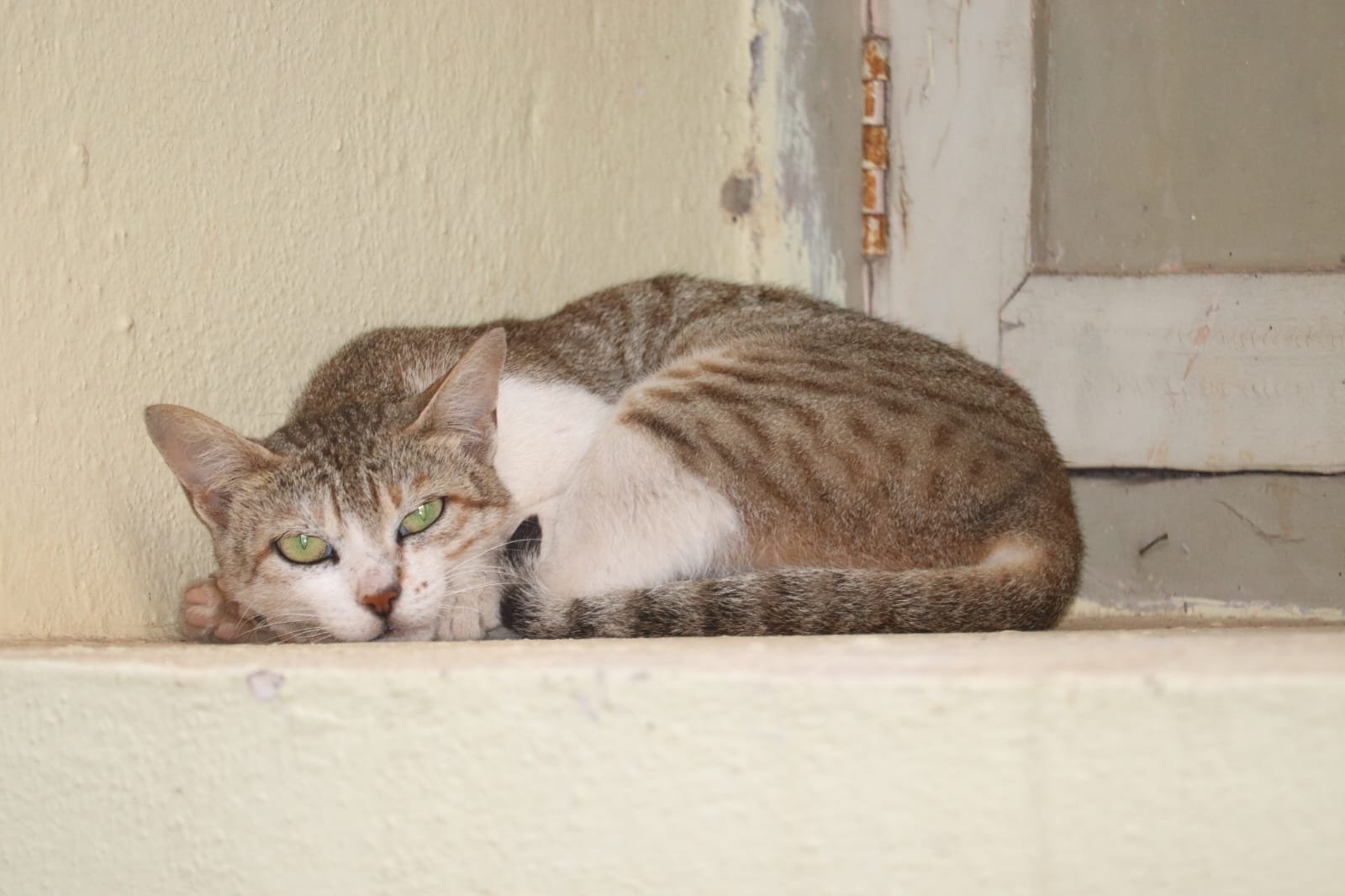
Every cat has their own comfort zone when it comes to closeness. Some cats crave physical affection, while others prefer to watch you from a distance. The key is to respect their boundaries and let them decide when and how to interact. Forcing attention can actually make a cat more wary. Instead, give them space and let them approach you when they’re ready. Over time, most cats will reward your patience with increased trust and closeness. Remember, in the cat world, love is often shown by simply choosing to be near you.
Shared Activities Without Pressure

You don’t always need to play or pet your cat to bond. Sometimes, just sharing a quiet activity—like watching TV, reading, or listening to music—can bring you closer together. Cats are highly attuned to your mood and energy. If you’re calm and present, your cat will sense it and often relax too. By spending time together without any expectations, you create a stress-free environment. This kind of togetherness can be even more meaningful than direct interaction. It’s about quality, not quantity, of attention.
The Impact of Scent and Familiarity

Cats have an incredibly strong sense of smell, and they use scent to identify friends and family. When you sit near your cat regularly, your scent becomes a familiar, comforting presence in their environment. Some cats will even rub their cheeks or bodies against furniture near you to mix their scent with yours—a sign of acceptance and affection. Over time, your scent becomes a symbol of home and safety to your cat. This invisible bond helps your cat feel secure, even when you’re not actively engaging with them.
How Sitting Nearby Helps New Cats Adjust
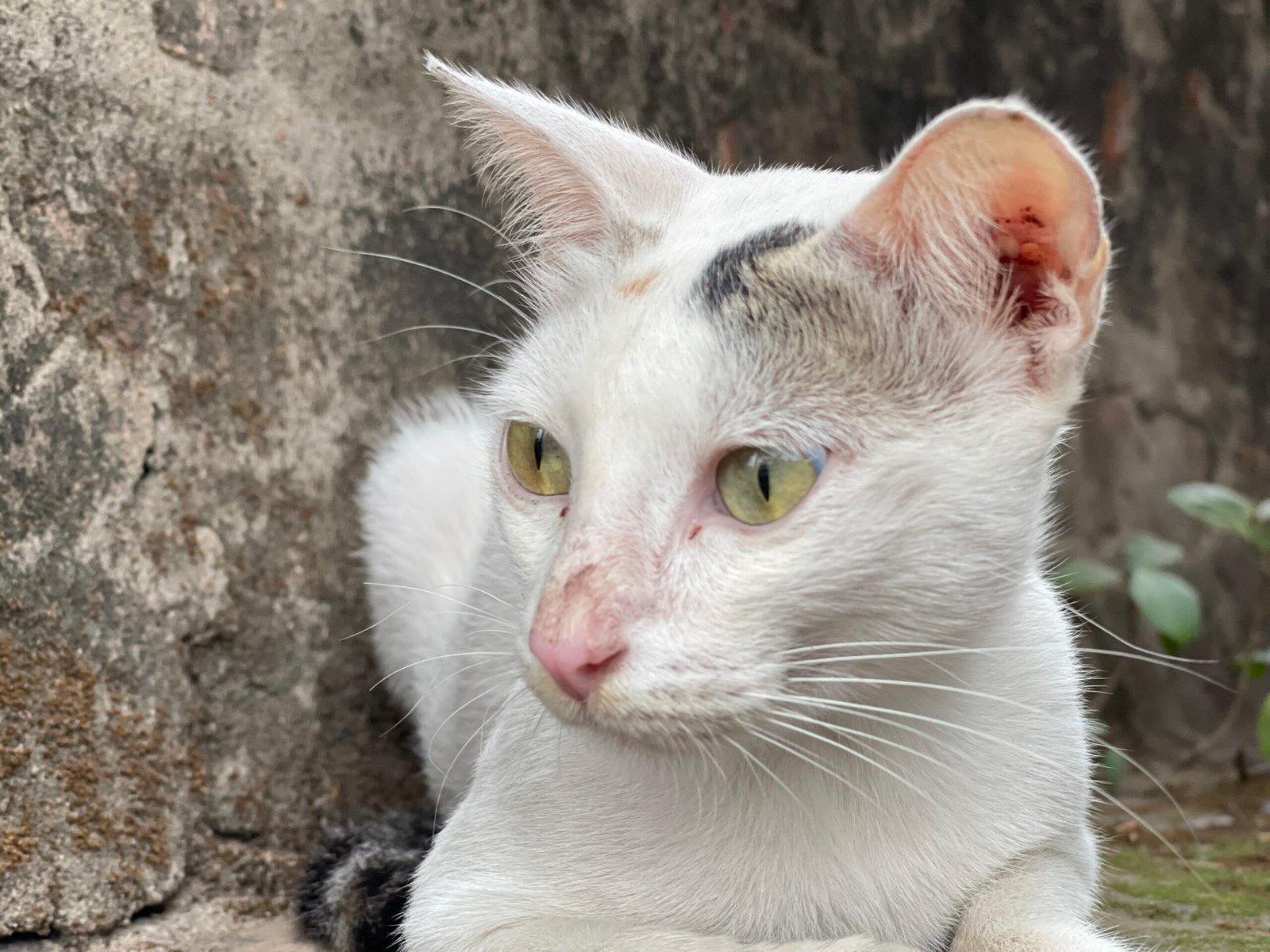
When you bring a new cat into your home, it’s important to give them space and time to adjust. Sitting quietly in the same room—without approaching or forcing interaction—helps your new cat get used to your presence. This non-threatening approach allows them to observe you from a safe distance. Over days or weeks, your cat will likely become more curious and may start to venture closer. Letting them set the pace builds trust and confidence. Many cats form their strongest bonds with people who respect their need for gradual adjustment.
Adopting the “Cat Mindset”

If you want to bond with your cat, it helps to adopt a feline point of view. Cats value patience, calm, and consistency. By mirroring these qualities, you show your cat that you’re someone they can trust. Try spending time on the floor at your cat’s level, quietly reading or working. Avoid sudden movements or loud noises, which can startle sensitive cats. Over time, your cat will come to see you as a safe, familiar presence. This “cat mindset” approach fosters a deeper sense of mutual respect and understanding.
Physical Touch Isn’t Everything
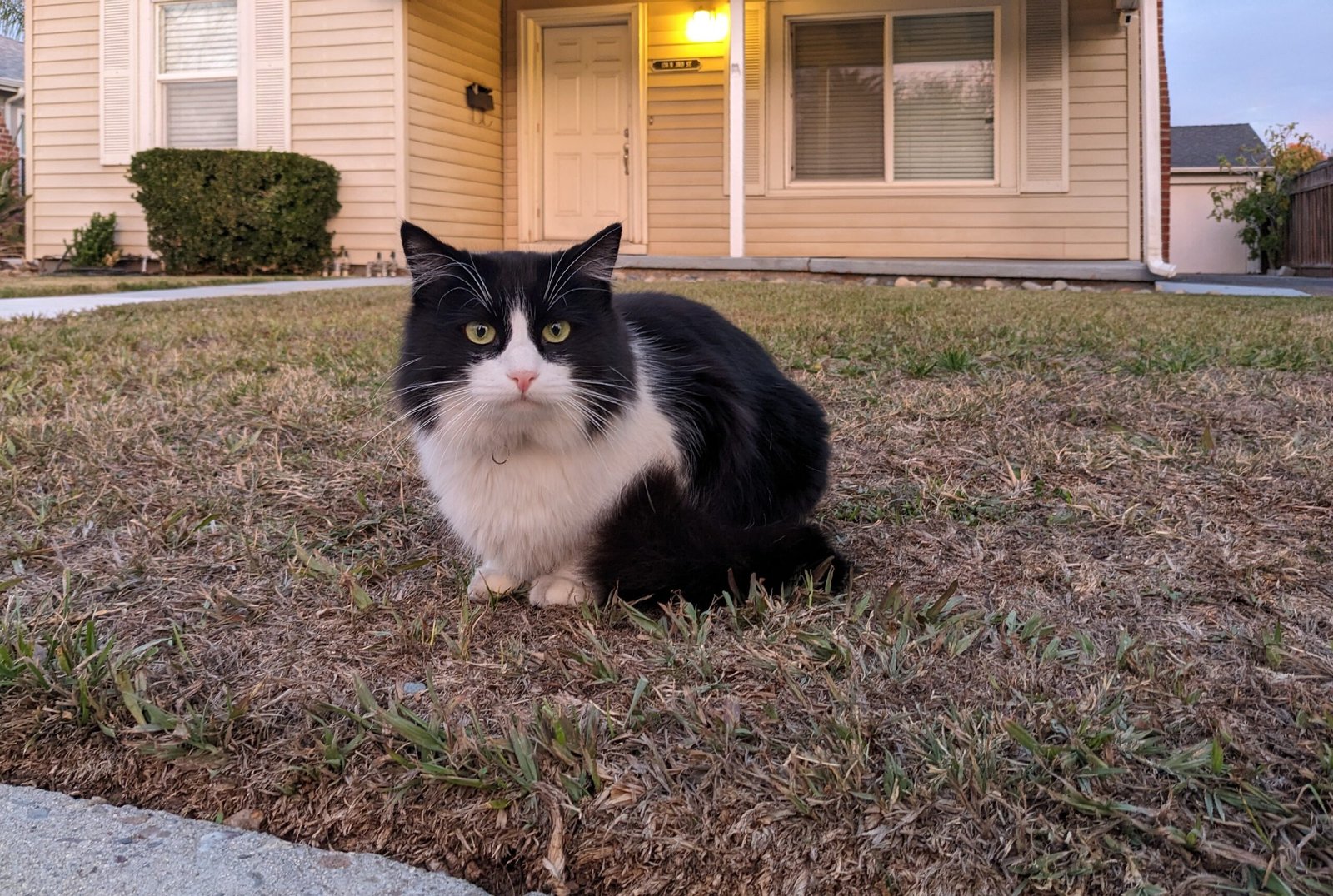
While some cats love to be cuddled, others simply aren’t fans of being touched. This doesn’t mean they care any less for their humans. Some of the strongest bonds are built on shared space rather than physical contact. If your cat chooses to be near you—even if they’re not in your lap—it’s a sign of trust. Celebrate the little victories, like when your cat picks the seat next to yours or curls up on the same couch. Physical distance doesn’t always equal emotional distance in the feline world.
How Cats Choose Their Favorite Person
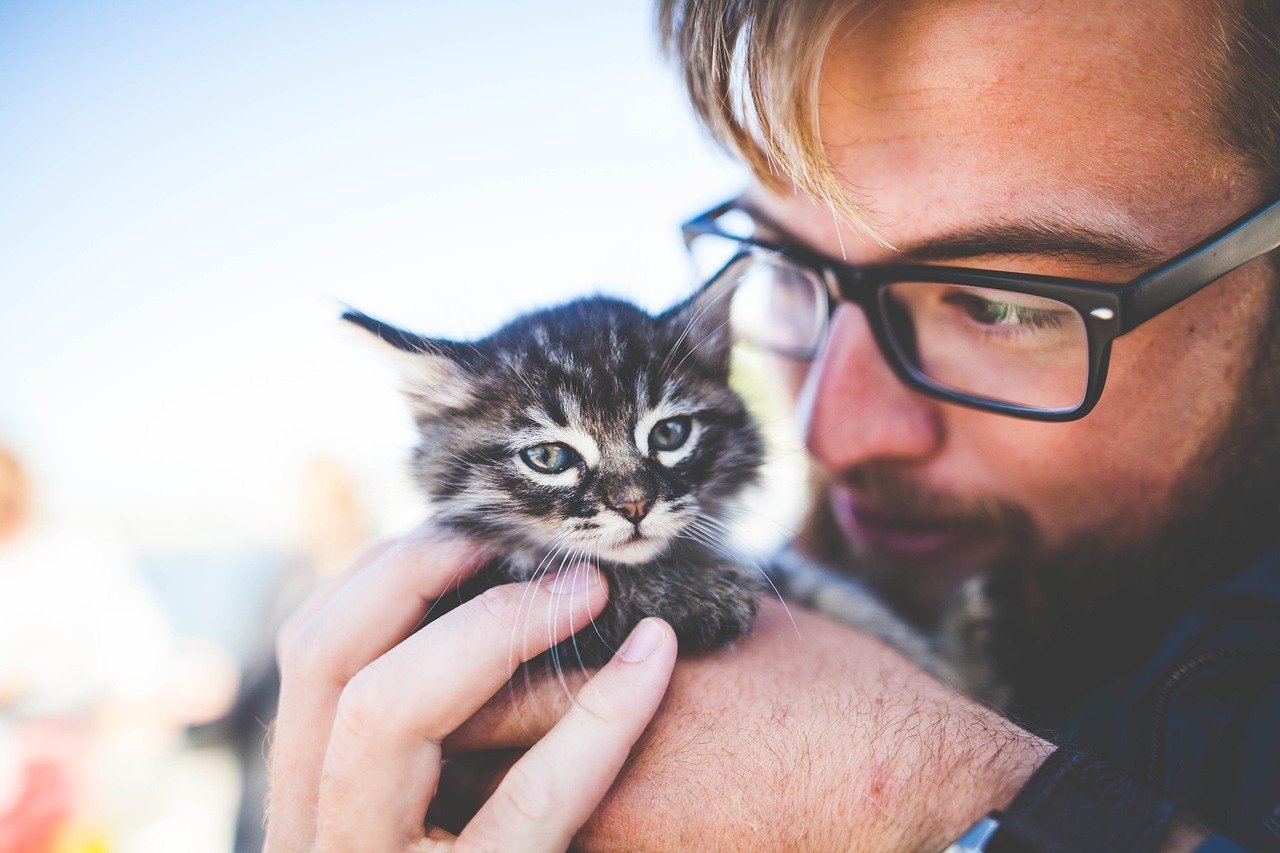
Cats often have a favorite human in the household, and the reason might surprise you. Instead of picking the person who feeds them the most treats or offers constant attention, many cats gravitate toward the calmest, most predictable person. If you sit quietly nearby, respect their boundaries, and let your cat come to you, you’re more likely to become their chosen companion. It’s less about what you do and more about how you make them feel. Cats remember the people who make them feel safe, understood, and accepted.
Influence of Early Socialization

A cat’s early experiences with humans shape their attitudes toward bonding. Kittens who grow up in environments where people are present but not overwhelming often become confident, affectionate adults. If you adopt an older cat who’s shy or wary, don’t lose hope. Sitting nearby, offering gentle words, and letting them observe you at their own pace can help rewrite old fears. Every quiet moment you share is a building block in a new foundation of trust. Patience and consistency are your best tools.
Signs Your Cat Is Bonding With You

Even if your cat isn’t a cuddler, there are many signs they’re forming a strong bond with you. Look for subtle behaviors: following you from room to room, grooming themselves in your presence, or sleeping with their back turned to you (a major sign of trust!). Some cats bring small “gifts” or meow softly when you’re nearby. These gestures might seem small, but in the feline world, they’re major declarations of affection. Watching for these signs can bring you and your cat closer together, even in the quietest moments.
Building a Lasting Relationship

Forming a deep connection with your cat is a journey, not a destination. It’s about showing up, being present, and respecting your cat’s unique personality. Over time, your cat will come to see you as a reliable companion, even if you mostly share quiet moments. The strongest bonds are built on trust, patience, and the gentle art of just being there. Every day you spend sitting nearby is a step closer to a lifelong friendship.
When Sitting Nearby Isn’t Enough

For some cats, especially those with a history of trauma or neglect, simply sitting nearby may not be enough at first. These cats might need extra time, gentle encouragement, and sometimes even the help of a professional behaviorist. Don’t be discouraged if progress is slow. Every cat is an individual, and some need more support to learn that people can be safe. Keep offering your calm presence, and celebrate every small sign of trust. Your patience can change a cat’s life in ways you might never expect.
Hi, I’m Bola, a passionate writer and creative strategist with a knack for crafting compelling content that educates, inspires, and connects. Over the years, I’ve honed my skills across various writing fields, including content creation, copywriting, online course development, and video scriptwriting.
When I’m not at my desk, you’ll find me exploring new ideas, reading books, or brainstorming creative ways to solve challenges. I believe that words have the power to transform, and I’m here to help you leverage that power for success.
Thanks for stopping by, Keep coming to this website to checkout new articles form me. You’d always love it!






